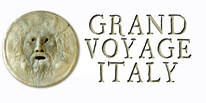 Giancarlo Gianini added his eyes into his sign language Giancarlo Gianini added his eyes into his sign language We've all seen Italians talking with their hands, waving them wildly in the air, sometimes right into the face of the person they are talking to. To the onlooker it seems random, yet it does seem tied into their facial expressions, which will change swiftly depending on the gesture being used. It's led people to paint a caricature of every Italian, although most Italian Americans don't have a clue about this unwritten language. Yes, it's a language in and of itself. 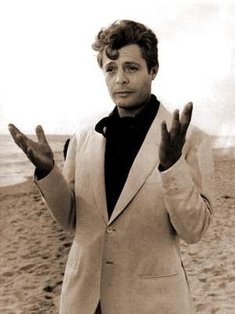 Marcello Mastroianni was always good with his hands--just ask Sophia Marcello Mastroianni was always good with his hands--just ask Sophia Where did it start? What's the reason? It more than likely started in the port cities of Italy after the Roman Empire. I say after, because before that Latin was a widely spread language. After the fall of the Roman Empire, imported languages started taking over, as conquerors and immigrants came from many different parts of the ancient world: The Carolingians (mixing early German and French into northern Italy), The Visigoths (mixing German, Spanish and French), the Normans (descending from Vikings from Northern France, they took over Southern Italy), Saracens (Muslims that invaded southern Italy and settled in Sicily), the German tribes (in pre-Christian times and in the middle ages), French (taking over northern Italy in the 1400s) and Austrians.  "Furbo", Watch Out, Pay Attention "Furbo", Watch Out, Pay Attention Leaving Latin Behind Latin itself morphed into what we now call the Italian language. But even "modern" Italy didn't become a cohesive nation until the 1860s, and still today Italians are very region-centric, with many varied dialects still spoken throughout the country. One example I witnessed is on the train from Bari to Rome. The announcements were in three languages: English, Italian and Southern Dialect. And believe me, Dialetto sounds very different than "proper" Italian--my Dad spoke it. He was from Molfetta. My Mom couldn't understand him. She spoke another Dialetto from Naples. The port cities, like Naples, Venice, Bari or Palermo needed a way to communicate with the many different people, all speaking different tongues. Every so often a a new population and ruling class would be established, depending on who the conqueror was. Hand gestures became a necessity in Italy, and it remains today a large part of how people communicate. For this reason, this might make things easier on travelers to Italy as Italians have many ways of getting people to understand what they are saying. At the end of this post is a video of a charming Italian gent illustrating the many subtleties of hand gestures. You could learn to have an entire conversation without words! When I was a kid, my parents told me not to eat with my hands... but speaking with my hands was absolutely permitted. Ciao! --Jerry Finzi |
On AMAZON:
|


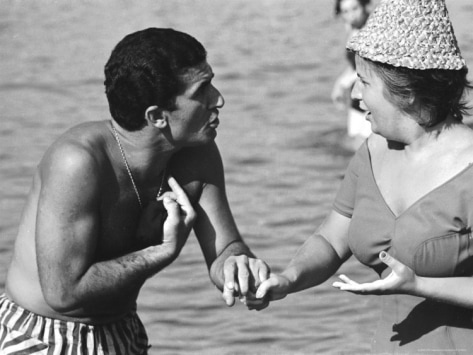
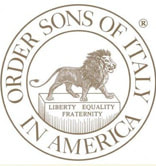
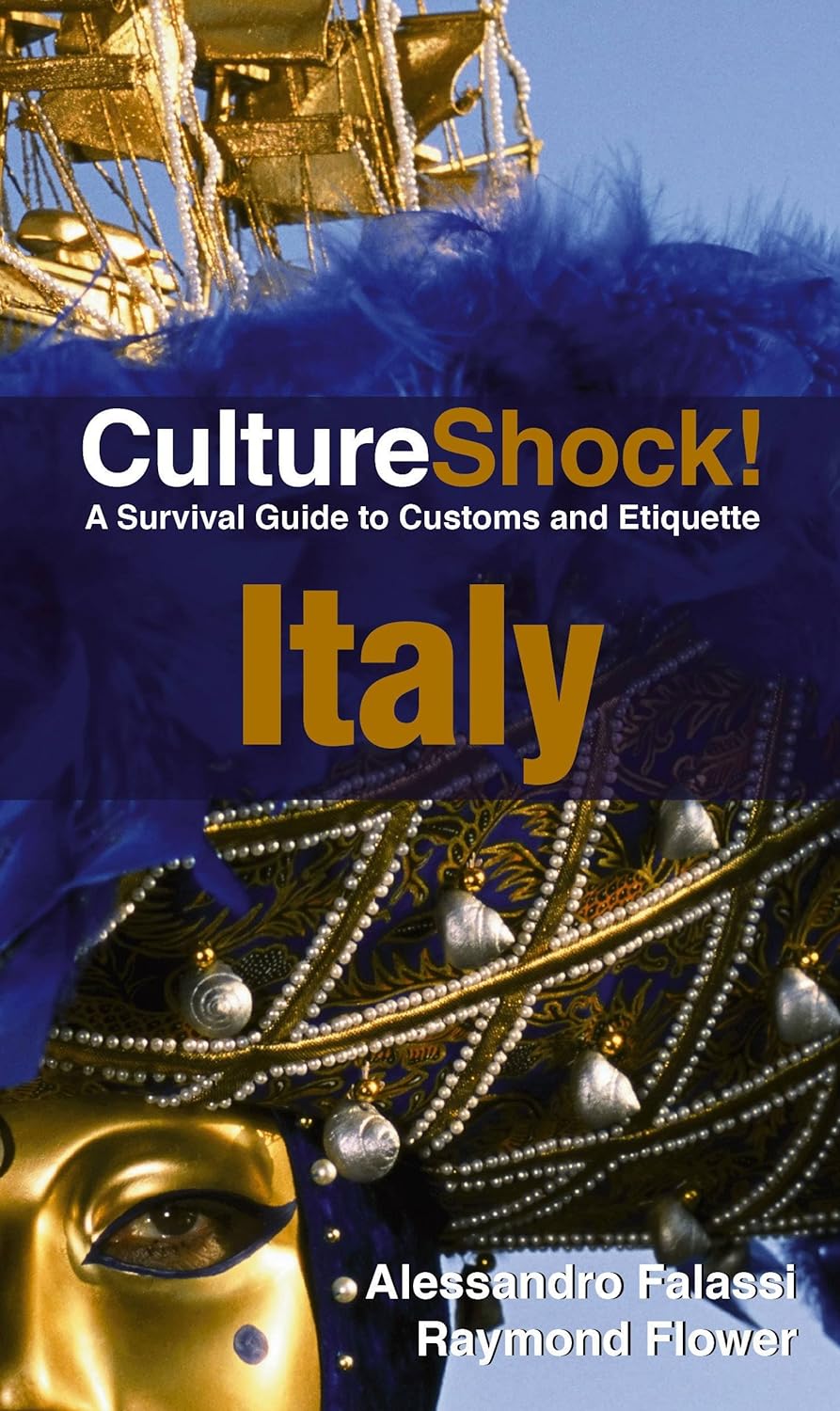
 RSS Feed
RSS Feed

